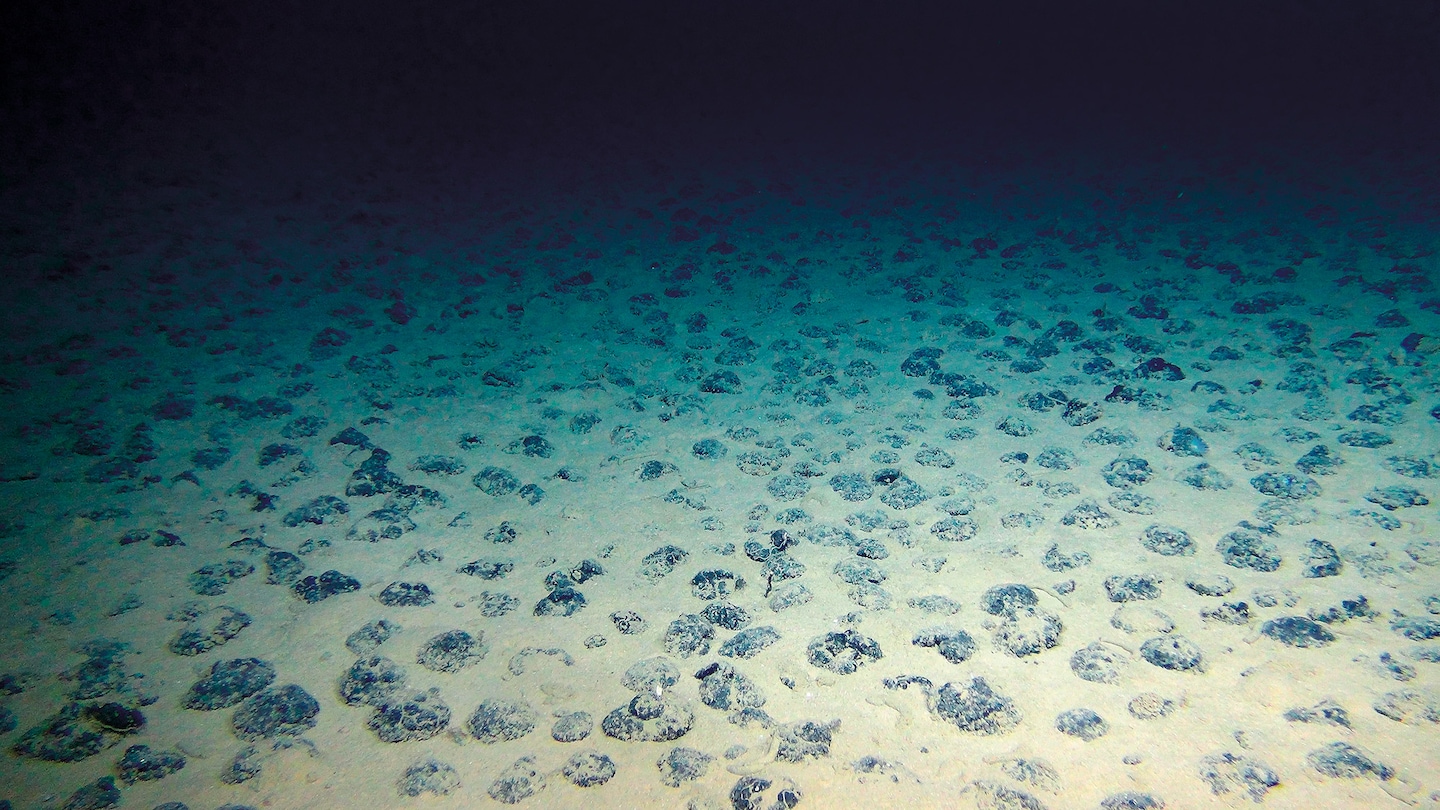Bo Barker Jørgensen, a marine biogeochemistry knowledgeable who was not concerned within the analysis however peer-reviewed the examine, stated in an interview that it was a “very uncommon discovering.”
The findings may have implications for the deep-sea mining trade, whose gamers have sought to be allowed to discover the depths of the ocean and retrieve minerals like those who make up polymetallic nodules. Such minerals are seen as essential for the inexperienced power transition. Environmental activists and plenty of scientists consider deep-sea mining is harmful as a result of it might probably destabilize ecosystems in unpredictable methods and will have an effect on the ocean’s potential to assist comprise local weather change. The examine acquired funding from corporations energetic in seabed mining exploration.
When Andrew Sweetman, the lead creator of the examine, first recorded uncommon oxygen readings coming from the underside of the Pacific Ocean in 2013, he thought his analysis tools had malfunctioned.
“I principally advised my college students, simply put the sensors again within the field. We’ll ship them again to the producer and get them examined as a result of they’re simply giving us gibberish,” Sweetman, head of the seafloor ecology and biogeochemistry analysis group on the Scottish Affiliation for Marine Science, advised CNN. “And each single time the producer got here again: ‘They’re working. They’re calibrated.’”
In 2021 and 2022, Sweetman and his group returned to the Clarion-Clipperton Zone, an space below the central Pacific recognized for having giant portions of polymetallic nodules. Assured that their sensors labored, they lowered a tool greater than 13,000 ft under the floor that positioned small packing containers into the sediment. The packing containers stayed in place for 47 hours, conducting experiments and measuring ranges of oxygen consumed by the microorganisms that stay there.
As a substitute of oxygen ranges taking place, they went up — suggesting that extra oxygen was being produced than consumed.
The researchers hypothesized that the electrochemical exercise of the completely different metals that make up polymetallic nodules had been chargeable for the oxygen manufacturing measured by the sensors — like a battery by which electrons move from one electrode to a different, creating an electrical present, stated Tobias Hahn, one of many co-authors of the examine, in an interview.
This speculation would add a layer to our understanding of how organisms got here to exist below the ocean, stated Hahn, who centered particularly on the sensors used within the examine experiments. “We thought that life started on Earth when photosynthesis kicked in, as oxygen was delivered to Earth by way of photosynthesis. It may very well be that really, this means of electrochemically dividing water into oxygen and hydrogen provided oxygen to the ocean,” he stated.
“This may very well be a form of sport changer within the story about how life began,” he added.
A information launch in regards to the examine stated its findings problem “long-held assumptions that solely photosynthetic organisms, akin to crops and algae, generate Earth’s oxygen.”
But when that discovering is borne out, “we have to rethink mine” supplies like cobalt, nickel, copper, lithium and manganese underwater, “in order that we don’t deplete the oxygen supply for deep-sea life,” stated Franz Geiger, a professor of chemistry at Northwestern College and one of many co-authors of the examine, within the launch.
Mining performed below the ocean within the Nineteen Eighties serves as a cautionary story, Geiger stated. When marine biologists visited such websites many years later, they “discovered not even micro organism had recovered.” However in areas that weren’t mined, “marine life flourished.”
“Why such ‘lifeless zones’ persist for many years remains to be unknown,” he stated. However the truth that they do means that mining the seafloor in areas with loads of polymetallic nodules may very well be particularly dangerous, as a result of these areas are likely to have extra faunal range than “probably the most various tropical rainforests,” he stated.
Although the examine has pointed to an attention-grabbing new pathway for sustaining life deep below the ocean, many questions stay, Hahn stated. “We simply don’t know” how a lot “darkish oxygen” might be created by way of this course of, the way it impacts the polymetallic nodules or what portions of nodules are wanted to allow oxygen manufacturing, he stated.
Whereas the examine methodology is stable, “what’s missing is an understanding of what’s going on, what sort of course of that is,” stated Barker Jørgensen.
